COVID-19 pandemic has impacted most of the regular works and services of nearly all government offices nationwide, and the Marine Geological Survey Division (MGSD) of the Mines and Geosciences Bureau (MGB) was not spared to be on a standstill for practical geological works regularly done in natural coastal setting. Stricter lockdowns started March of this year, a time where fieldworks usually commence and at its busiest. Although most MGSD personnel were confined to work from home and temporarily barred from collecting geological data via interacting with the environment and the people within, MGSD personnel instead focused on the continuation of writing technical reports attendant with relevant geo-scientific findings and recommendations extracted from previous fieldworks, as well as digitizing maps and other works needed to be done.
Some of the most significant accomplishments of MGSD during lockdowns include the planning and review of research and development studies on geo-environmental and geological aspects of the country’s marine and coastal environs, drafting project proposals for Manila Bay concerns and some of the country’s coastal and marine conditions, preparing communications to clients that were affected from the discontinuance of the regular services, contributing comments on issues and concerns and policies that are currently being drafted and finalized by the office and other agencies, as well as attending virtual local and international meetings and conferences were amongst the undertakings done in lieu of the virus crunch.
MGSD has also continued to keep the minimum health and safety protocols while manning the RPS Explorer, the research vessel of MGB. This endeavor intends to guarantee that the ship is adequately, efficiently, and competently manned in order to provide the security and safety of its passengers, as well as to prevent any mishaps during seafaring that may damage the marine environment, per se. Some of the works being undertaken include carpentry, setting up of centrifugal and ballast pumps, and other essential fixings to make it seaworthy.
One of the challenges is the realignment of the approved budget due for the Division considering a portion of it was relegated to the COVID-19 response as part of MGB addressing the national crisis during the pandemic.
When lockdown eases up on the last quarter of this year, the younger generations that comprise 60% and a couple of “baby boomers” of MGSD have shown enthusiasm to resume the pending works to cope up with the shortage of accomplishments for the past lean months.
Although confronted with the threat of possible virus infection along the course of fieldwork and the hassle of being subjected to repetitive swab tests, these personnel chose to be on the frontline to heed and continue the call of urgent study of the coastal vulnerability and the environment vis-à-vis climate change and sea level rise phenomena. Results of the field assessment being undertaken by these personnel will redound to the in-progress activity of the Division to the best interest of all concerned stakeholders.
As of this moment, two teams from MGSD were dispatched, one group is now doing the rounds of coastal vulnerability assessment targeting 6 municipalities covering the northernmost portion of Ilocos Sur (Photos 1, 2 and 3), and another group is doing the same in Aklan Province (photos 4 and 5) with 7 municipalities to assess its coastal peripheries including the island of Boracay. These teams will focus on evaluating the vulnerability of their target coastal areas to geohazards particularly on coastal erosion and accretion. The study will also highlight the ability of the coastlines to defy and recover from these geohazards otherwise known as adaptive capacity which involves using various parameters that will offset probable damage from possible impacts.
Another team has just departed for the conduct of Marine Science Research (MSR) in Celebes Sea on-board the research vessel of MGB, the RPS Explorer and will certainly spend Christmas day away from their families. The MSR is in connection with the on-going five year “Geologic Studies and Mineral Exploration of the Philippine Rise and Celebes Sea Project” which endeavors to establish the country’s marine economic mineral potential in particular the presence of polymetallic sulfides and placer mineral deposits such as gold, platinum, titanium, iron, scandium (other rare metals) and ferromanganese nodules.
By: Marine Geological Survey Division
The following photos assert the dedicated commitment of the MGSD personnel towards the fulfillment of the mandate of the Division:
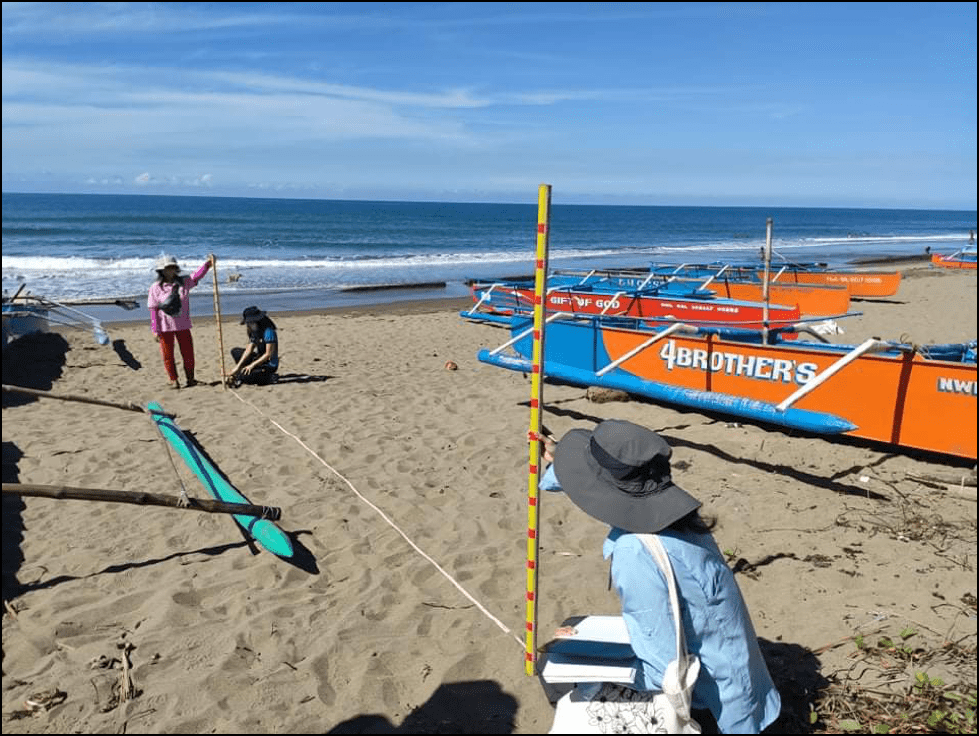
MGSD personnel at work at San Pedro, Narvacan, Ilocos Sur amidst the threat of Corona Virus.
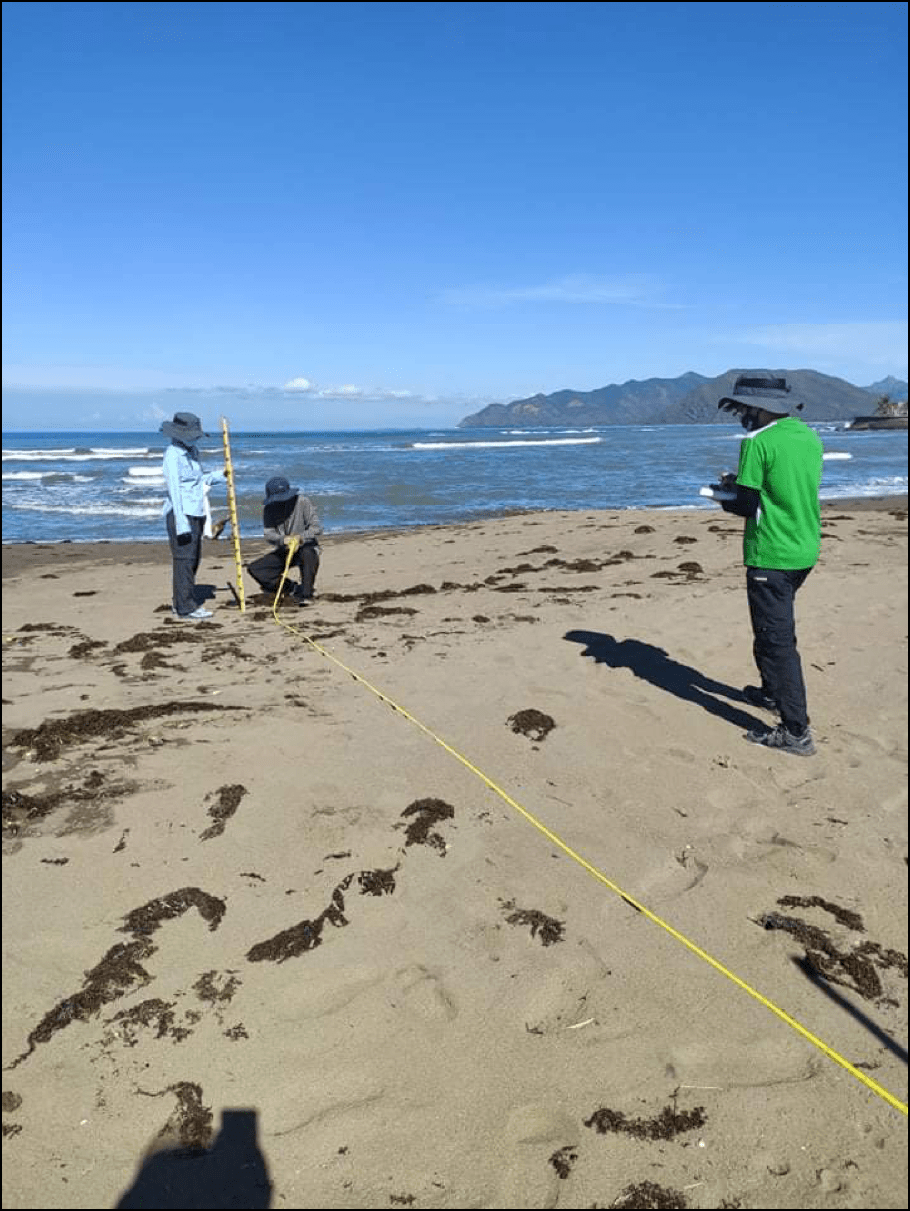
Same team assigned in Ilocos Region, this time at Pantoc, Narvacan, Ilocos Sur.
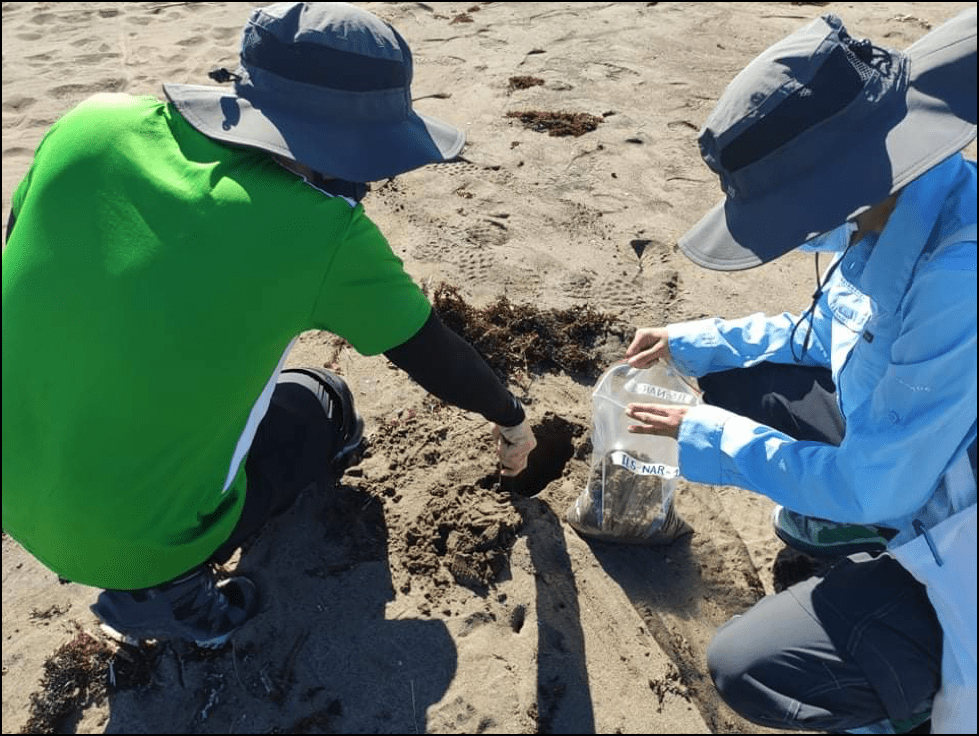
One of the components of the activity is the sampling of beach sediments for texture and
composition properties of the enveloping materials.
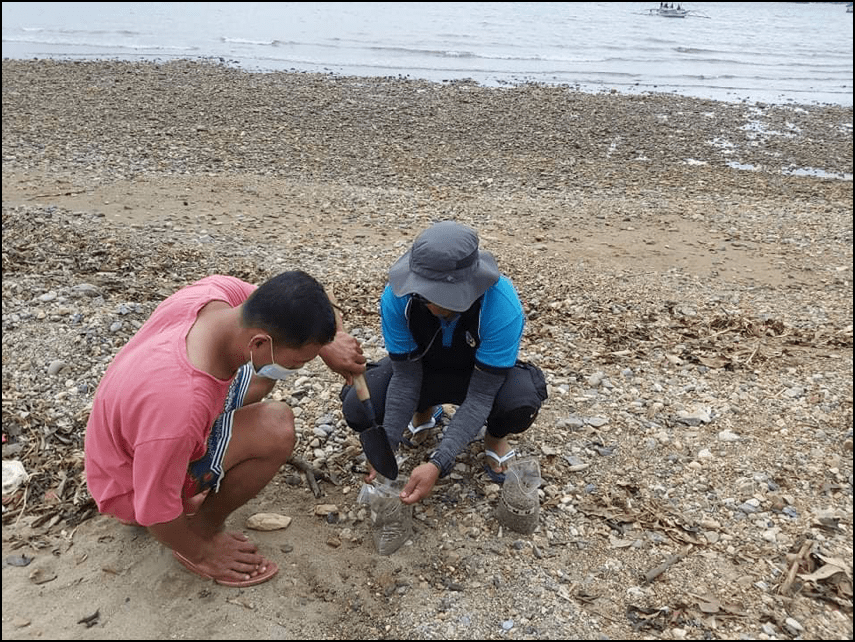
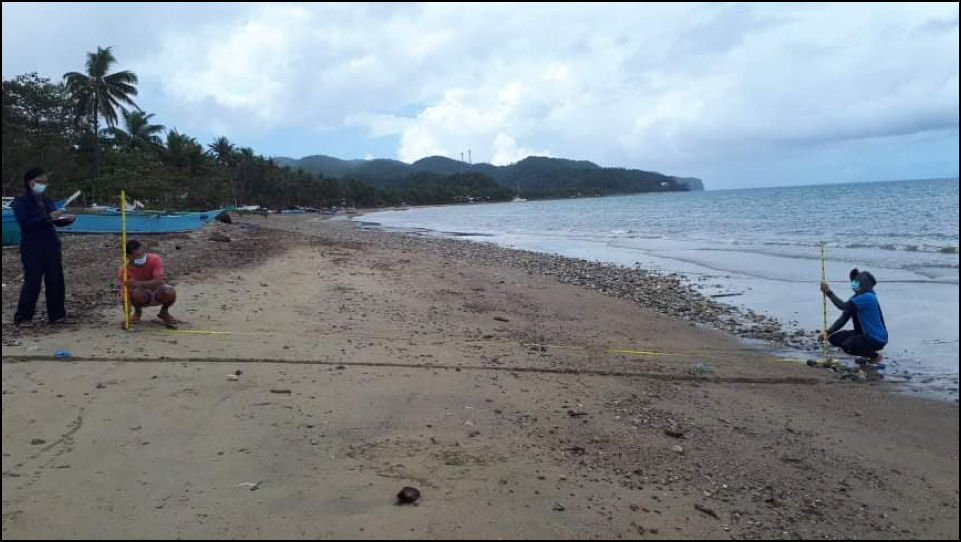
The team assigned in Malay, Aklan doing the same activity under Coastal Vulnerability Assessment.
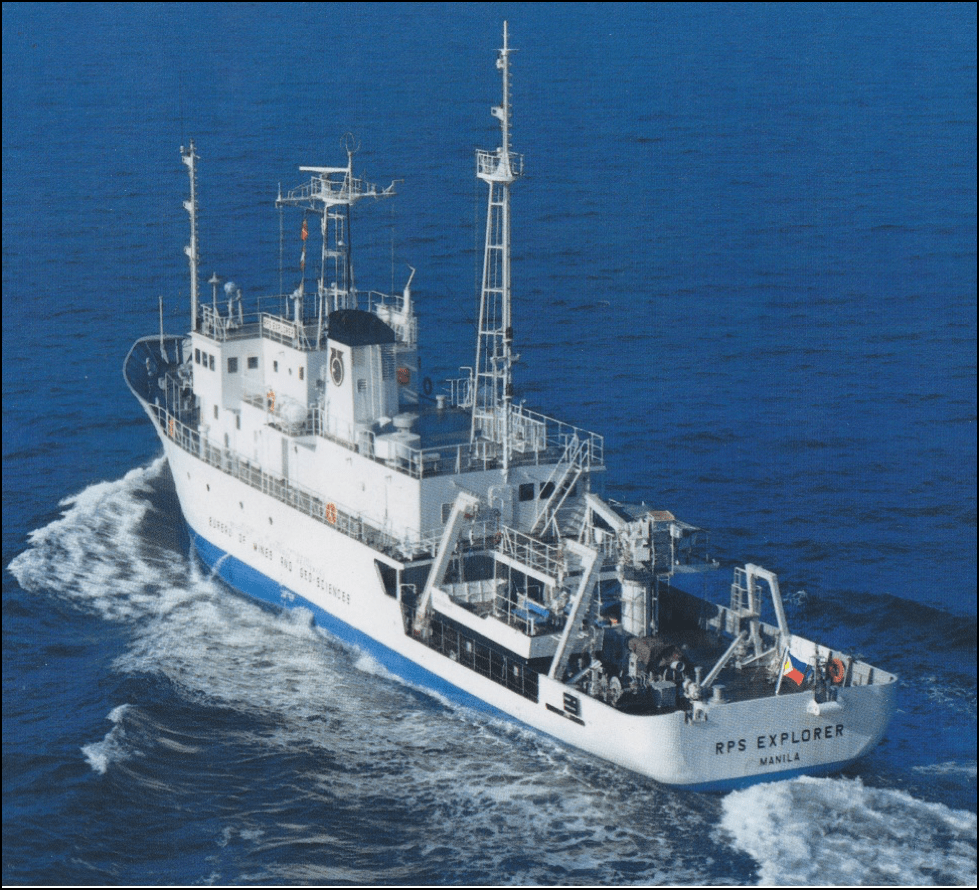
The research vessel of the MGB, the RPS Explorer, soon to sail again in the Celebes Sea in connection with
the “Geologic Studies and Mineral Exploration of the Philippine Rise and Celebes Sea Project" of MGSD.
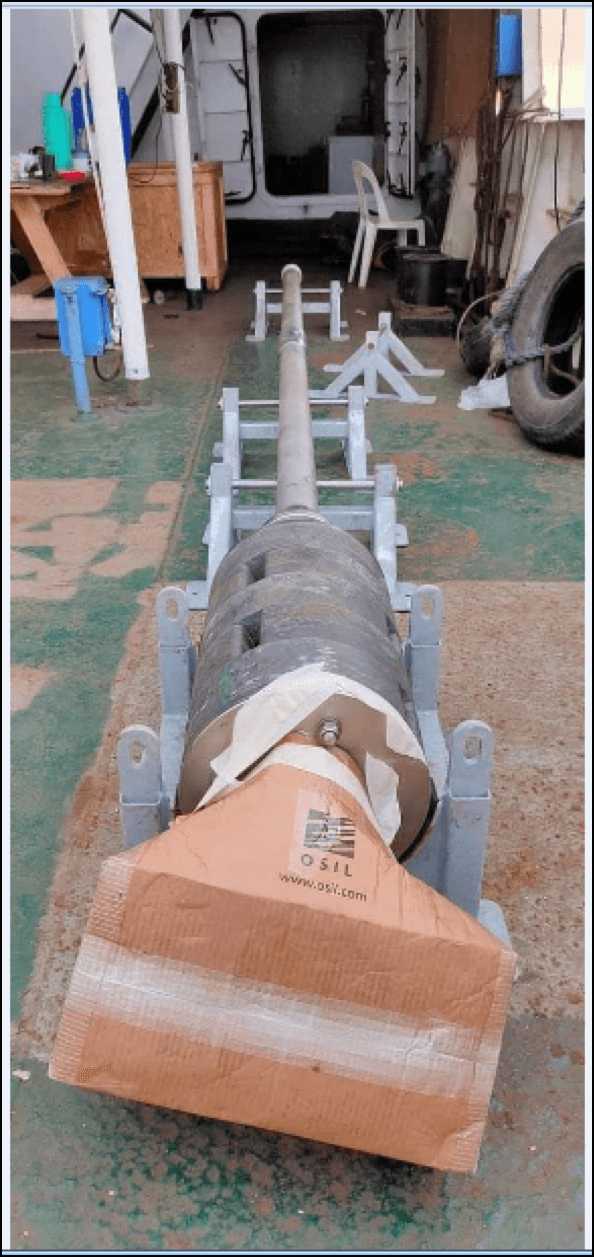
The piston corer that will be used to extract mud/sand sediment samples from the seafloor of Celebes Sea.
